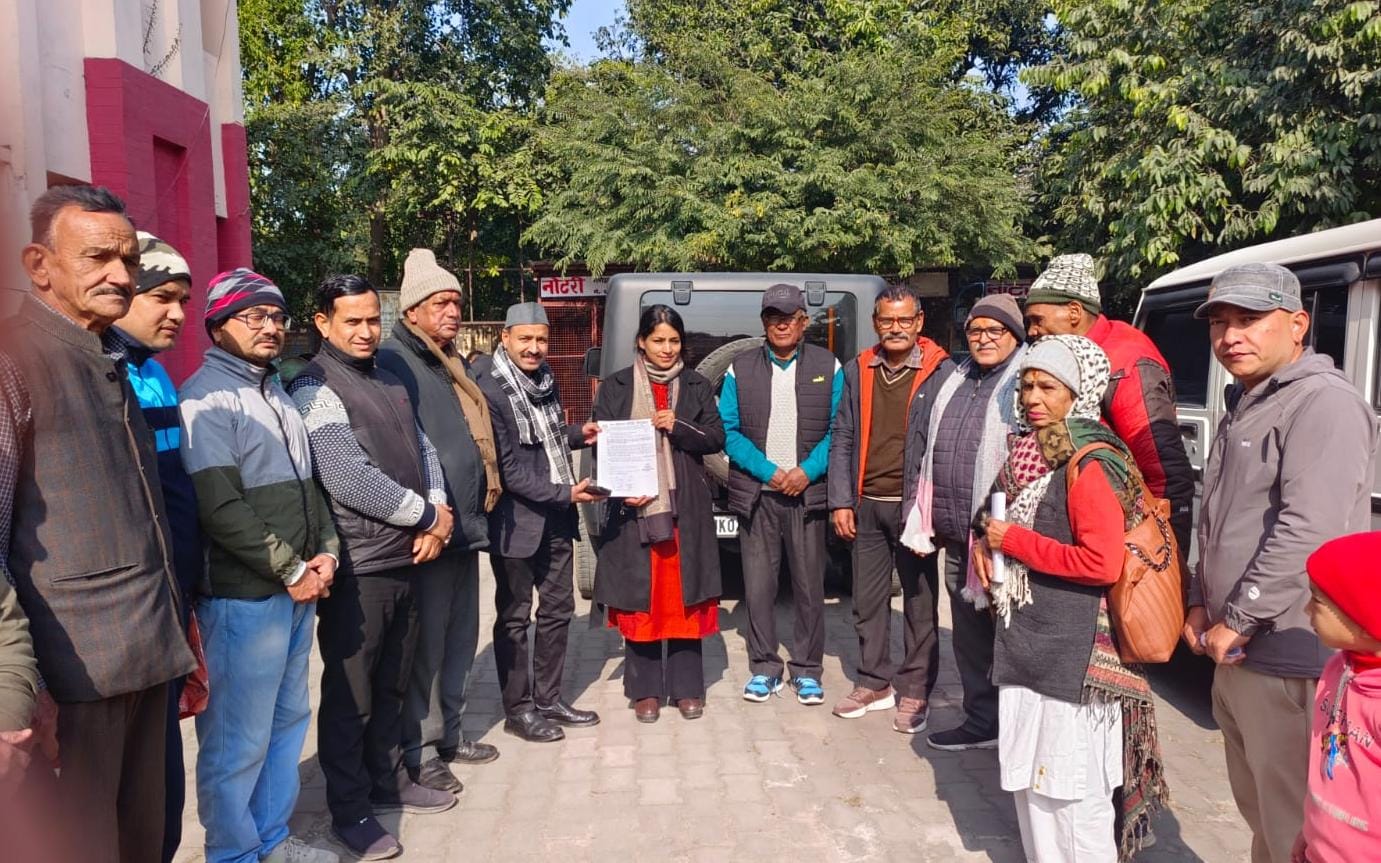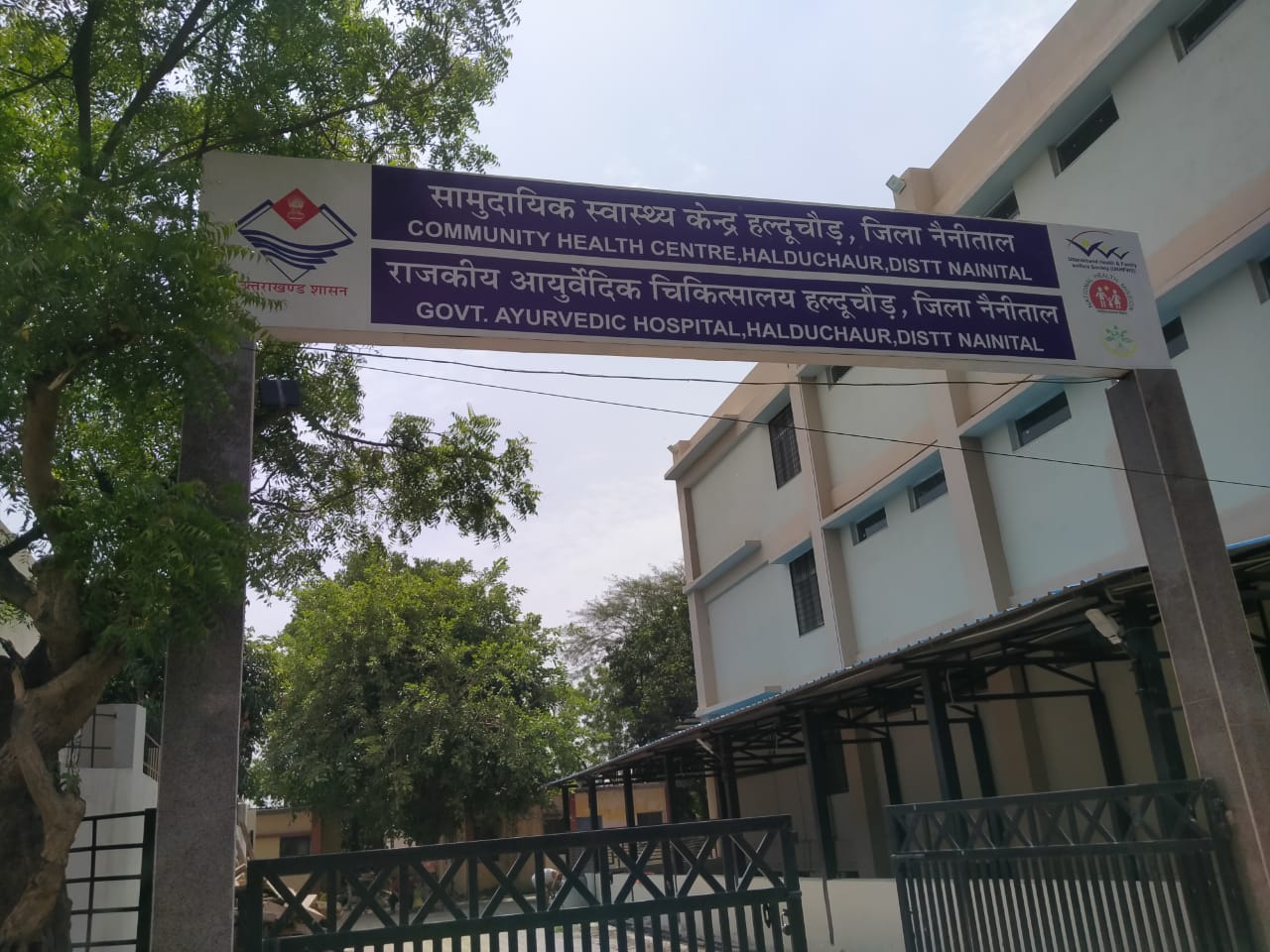
Accessible via desktop, tablet, and mobile, it allows farmers to stay on top of their finances anytime, anywhere. The software also integrates with over 500 apps to streamline operations and offers automated payroll and tax compliance features. The farm accounting program helps farmers manage cash flow, track inventory, and simplify agricultural bookkeeping, ensuring greater efficiency and accuracy in managing their farm finances. Implementing these accounting practices provides a solid foundation for making informed decisions and Remote Bookkeeping achieving business success.
- In such cases, an entity is encouraged to disclose, by group or otherwise, the amount of change in fair value less costs to sell included in profit or loss due to physical changes and due to price changes.
- Production animals, unlike livestock, are animals that provide a service or product (other than offspring), such as cows for their milk or poultry for eggs and meat.
- While audits may only happen in some years, preparing for one in advance is still essential.
- While accurate accounting is required for accurate financial statements in the agricultural sector, cash accounting is used for tax filing reasons.
Valuing and Accounting for Livestock

On-farm bookkeepers may prefer increase and what is agricultural accounting decrease because it is simpler to think about pluses and minuses when dealing with cash. Every day, more and more small businesses make the switch to outsourced bookkeeping and accounting with FinancePal. This includes supporting documents for purchases, sales, payroll, and all other business transactions.

Reliable Forms and Supplies for FBS Software User
Effectively managing farm income and expenses is crucial for ensuring the financial health and sustainability of a farming business. This involves tracking various revenue streams, managing operational expenses, and handling seasonal variations in income and expenses. Establishing a robust accounting system is crucial for managing the financial health of a farming business. This involves choosing the right accounting software, creating a comprehensive chart of accounts, and implementing a double-entry accounting system. Farmers must contend with unpredictable elements such as weather, disease, and market shifts. Financial instruments like futures contracts can be used to hedge against price volatility, and these require careful accounting to ensure they are properly reflected in financial statements.
Understanding Tax Deductions for Farmers
- The issue becomes acute if the CRA audits the business income statement as part of an income tax audit.
- Its most general use is for the day-to-day entry of transactions and the simple summarization of those transactions for a particular reporting period (month, fiscal quarter or year).
- Property taxes – property taxes that relate to the homestead are not a business expense; those that relate to the balance of the farm are.
- Breeding should be well-planned, keeping in mind the timetables set down by the government.
- Farmers must maintain accurate records of all transactions related to their inventory, including the sale of crops and livestock.
Farmers must be aware of various tax deductions available to them, such as those for equipment purchases, fuel, and feed. Incorporating budgeting and forecasting into financial management practices helps in optimizing operational efficiency. Farmers can identify cost-saving opportunities and prioritize expenditures that yield the highest returns. This strategic approach not only enhances profitability but also supports sustainable growth and long-term viability of farming and livestock operations. The balance sheet provides a snapshot of the farm’s financial position at a specific point in time, detailing assets, liabilities, and equity. This information is vital for understanding the farm’s net worth and assessing financial stability.
Turn receipts into data with Shoeboxed ✨
These components help farmers monitor their income, manage costs, and make informed decisions. Without these systems in place, farmers may struggle to track profits or optimize operations. By preparing detailed financial statements, analyzing financial performance, and utilizing key financial ratios, contribution margin farmers can gain a comprehensive understanding of their farm’s financial health.
- It can be difficult to keep track of sales and expenditures in the agricultural sector.
- The most critical mistake farmers make in bookkeeping for farmers is failing to keep proper documentation.
- The impact of the biological transformation on price is not expected to be material (for example, for the initial growth in a 30‑year pine plantation production cycle).
- Understanding these unique challenges is the first step in devising effective strategies to manage them.
- This includes everything from income generated by the sale of crops or livestock to expenses such as feed, equipment maintenance, and labor costs.






